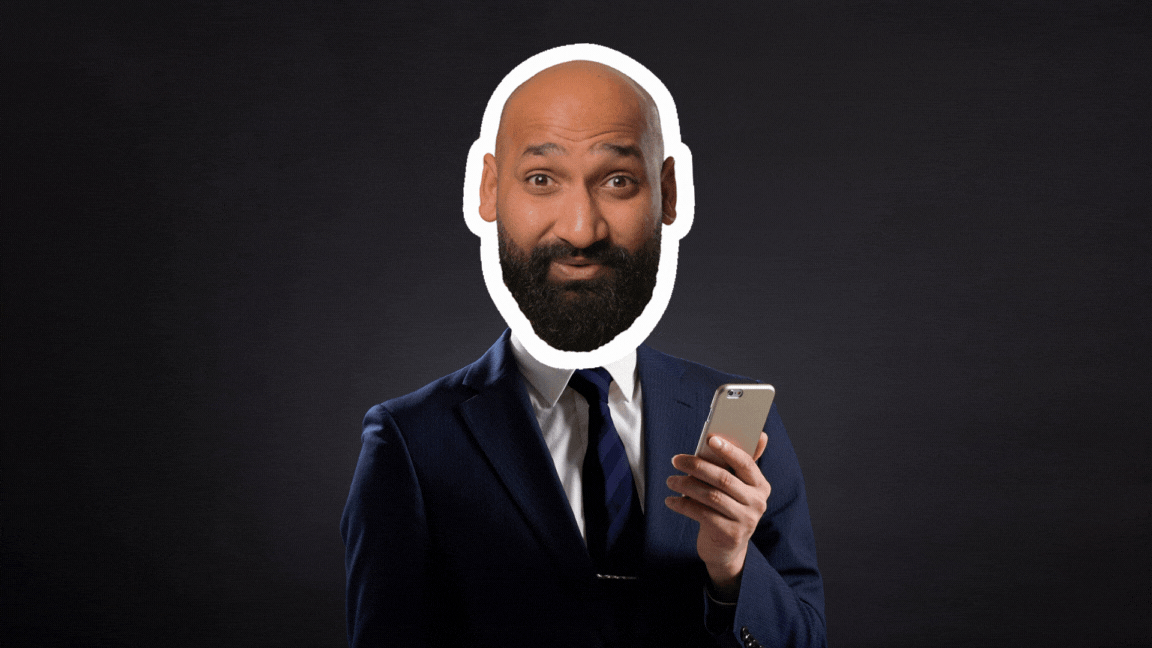A brand strategy workshop is supposed to bring a company’s leaders together to clarify the brand’s mission, values, and direction. In these facilitated sessions, stakeholders debate and define what the brand stands for, its target customers, and how to differentiate it from competitors. Done correctly, workshops create breakthrough ideas and align the team around a shared vision. As Frontify explains, a good brand workshop is a “structured and goal-oriented meeting” that helps you avoid inconsistent branding and lay the groundwork for growth.
But in reality, many brand workshops fall short. Despite the promise of “brand clarity” and “actionable strategies,” participants often walk away confused, unmotivated, or with no clear plan. If your workshop didn’t deliver, it likely suffered one of the common flaws below.
Common Flaws in Brand Strategy Workshops
Unclear Objectives: Many workshops start without defined goals, so sessions drift off course. Without clear targets or SMART objectives, discussions become aimless. Marketing experts warn that operating “without clear, defined goals” makes any initiative “directionless and ineffective.” Frontify likewise stresses that you should ask “what you’re hoping to accomplish” before the workshop. In practice, workshops without a strong purpose produce scattershot ideas and finger-pointing later on. The facilitator and team waste time figuring out what the goal is, rather than focusing on solutions.
Too Many or Wrong Participants: Inviting the whole company or dozens of people to a strategy session usually backfires. A brand workshop isn’t a social event; it’s a focused assignment for decision-makers. As one strategist quips, a workshop with twenty people “becomes a party,” and the process degenerates into chaos. Those who aren’t intimately familiar with the brand or empowered to make decisions just clutter the discussion. Frontify advises that attendees must have a “deep understanding of the brand” and meaningful roles in exercises. In short, too many voices (especially juniors or outsiders) dilute the conversation. If you invited everyone from interns to the CEO, you likely ended up with little consensus and a messy whiteboard.
Passive, One-Way Format: Another common pitfall is treating the workshop like a lecture. Some consultants simply talk at the team instead of engaging them. Slides, speeches, or dry presentations inevitably lose attention. Research shows that interactive activities dramatically increase engagement in workshops. By contrast, a static, passive format makes participants tune out. Without polls, games, or hands-on group work, energy fizzles and creative ideas die. In short, a workshop that doesn’t involve people often accomplishes nothing more than a long meeting.
Dominating Personalities: Group dynamics can sink a workshop. If one or two senior people dominate the conversation, others stay silent. This “loudest voice wins” effect breeds echo chambers and resentment. As one branding coach warns, you should “never let the loudest voice win” in a workshop. Likewise, OneUpWeb recommends actively encouraging participation so every team member contributes. In reality, many workshops have no structure to balance input. The result is predictable: the founder or the most vocal exec pushes their view, and less assertive teammates follow along or mentally check out.
Focus on Surface, Not Substance: Some workshops get sidetracked by trivial issues like logos or taglines. Teams spend hours debating colors and fonts, while the real strategic questions go unanswered. Brand Professor calls this the “party trick” mistake – investing in a pretty logo while your core story is still murky . Expert Arek Dvornechuck echoes this: “Don’t design a beautiful logo that won’t work” unless it’s grounded in a real strategy. In other words, arguing aesthetics without business objectives is pointless. Workshops that prioritize surface-level design and end up with a nicer brand deck but no clearer direction.
No Follow-Up or Action Plan: All too often a workshop generates ideas with no plan for implementation. Teams may draft mission statements or brainstorm values, but nobody actually does anything afterward. OneUpWeb stresses that leaders must use the output – “the ideas generated during the workshop” – to create a brand strategy and share results. Without that follow-up, the project stalls. Notes get filed, and participants feel it was a waste of time. A workshop’s value lies in moving quickly to execution; if you left the room without an action roadmap, it’s no surprise your brand didn’t improve.
Resistance to Change: Sometimes the fault lies not with the process but with the people. If founders or managers attend a workshop but aren’t prepared to rethink their assumptions, nothing changes. Brand Professor warns of those who “aren’t ready to drink the water”: a famous proverb says you can lead a horse to water but not make it drink. In practice, this means you may sit through exercises and ideas but secretly dismiss them afterward. A workshop only works if participants are open-minded and willing to act. If key decision-makers enter skeptical or defensive, the session becomes a rubber stamp instead of a rebirth.
In summary, a brand workshop can fail for many reasons: vague goals, wrong attendees, poor facilitation, or zero follow-through. Identifying these flaws is the first step toward fixing them. Brand Professor’s interactive model was designed to solve exactly these problems.
How Brand Professor’s Interactive Model Fixes It
Brand Professor’s workshops take a radically different approach. We combine gamified, hands-on exercises with expert facilitation and a clear roadmap so teams stay engaged and leave with a plan. Here’s how our interactive model addresses each flaw:
Gamified, Interactive Exercises: Rather than lecturing, we use live polls, quizzes, and games to get everyone involved. Studies confirm that interactive activities “increase engagement” by keeping participants focused. For example, Brand Professor workshops might begin with an opening quiz or poll (visible above) to spark fun competition and surface opinions. By crowd-sourcing input through polls and brainstorming tools, even shy team members contribute anonymously. This keeps the energy high and ensures ideas come from the whole group, not just the loudest people. Interactive polling tools (as shown above) are a core part of our brand workshops. They let all participants contribute instantly, keeping discussions dynamic and inclusive.
Clear Goals & Agenda: We never kick off a workshop blindly. Before the session, we work with you to define SMART objectives and prepare background research. Each day of our four-day workshop has a focused agenda: for example, Day 1 is the “Brand Discovery Lab,” where we set clear branding goals and uncover roadblocks. Frontify’s advice to “identify the workshop’s purpose” is exactly our practice. With a structured Actionable Goal Map in hand by Day 1, every exercise ties back to agreed objectives. This clarity keeps the team on track and prevents aimless tangents.
Small, Focused Teams: We limit attendees to those who truly understand and can influence the brand: founders, CEOs, CMOs, and key managers. This ensures every voice matters. As Brand Professor’s founder Sahil puts it, the workshop is a one-on-one mentorship in a group, not a mass event. Inviting only decision-makers avoids the “clutter and confusion” of large crowds. Frontify’s guidelines echo this: include executives and brand experts who can “contribute meaningfully.” With a tight-knit team, consensus is easier and follow-through is real (no one leaves without buy-in).
Expert Facilitation: Every workshop is led by an experienced strategist. We assign a “driver” to guide discussions and keep the pace brisk. OneUpWeb advises having a single moderator (and a backup for breakouts) to avoid confusion. We follow that model: our facilitators actively probe, challenge assumptions, and keep quieter members involved. If disagreements arise, we resolve them on the spot instead of letting them fester. In short, we prevent power dynamics from derailing the process. This contrasts with unfacilitated meetings where nothing concrete happens.
Strategic Focus (not just design): From day one, we stress brand fundamentals over decoration. We work on mission, vision, values, positioning, and customer clarity, the deep stuff that really moves the needle. Only after those pillars are set do we refine identity elements. This follows branding expert advice: developing strategy first, then design. Our exercises (for example, refining brand keywords into a concise story) force the team to articulate why the brand exists and whom it serves. In doing so, we avoid the trap of fixating on logos. By the workshop’s end, participants understand their brand’s core promise, a foundation that makes any future logo or campaign meaningful.
Actionable Outcomes: Unlike many workshops that fizzle out, we deliver tangible results and a plan. By Day 4, every team has a full brand narrative, clear target personas, positioning, and, critically, an execution roadmap. The Brand Professor workshop explicitly includes a “Step-by-Step Execution Plan,” ensuring ideas move to implementation. We follow up with a written brand strategy document and next-step assignments. This aligns with the recommended “follow-up” practice – converting workshop output into an actual brand strategy. As a result, our clients don’t just leave inspired, they leave equipped to act immediately.
Storytelling & Creativity: Our model is inherently creative. Each workshop is peppered with storytelling exercises and group brainstorming. For example, we have teams collaboratively draft the “beginning of your brand story” as part of Day 1. We might role-play your ideal customer’s journey or craft the brand’s “hero vs. villain” narrative. This hands-on, imaginative approach makes abstract ideas concrete. It’s the opposite of passive lecture; it builds an emotional connection to the brand. By focusing on narrative (turning your brand into an unforgettable story), participants stay engaged and invested. This creative approach ensures the strategy is memorable – and not forgotten as soon as the meeting ends.
In short, Brand Professor’s interactive workshop model was built to fix precisely the flaws above. We come in with a clear agenda and a small, committed team, and we use games, polls, and creative tools to guide you from confusion to clarity. As we say on our site, our innovative, gamified sessions help brands “connect with customers and drive growth” . Attendees leave not with a fuzzy feel-good session, but with clarity, confidence and quick, steady actions . The business goals are set, a brand story is defined, and an
actionable plan is mapped out. In short, we turn a failing workshop into a launchpad for real progress.
Collaborative exercises (like crowdsourced brainstorming shown above) are another key part of our process. Creative group work and discussion ensure every idea is heard, preventing the workshop from bogging down into silence.
The bottom line: If your previous branding workshops fell flat, it was likely due to one of the issues above. The good news is there is a fix. By adopting an interactive, well-prepared format like Brand Professor’s, you can transform workshop time from boring meeting hours into breakthrough results. Our four-day program doesn’t just define your brand; it gives you the tools to build it into an unforgettable, iconic brand . If you’re frustrated with old-school workshops, consider an interactive, game-inspired approach. You’ll walk out with more than notes on a flipchart, you’ll leave with a clear strategy and an excited team ready to execute it.



